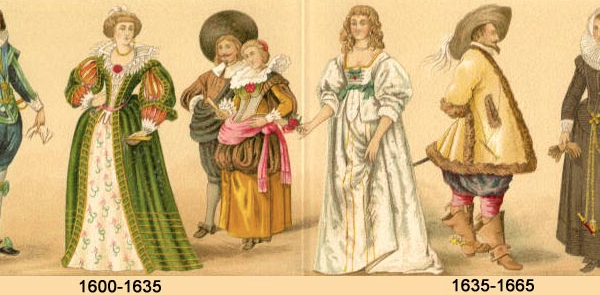
1692 – 1740 Leonard Millett
Leonard was born in 1692, and baptised on 7 May 1692 at St Hilary, Cornwall. He was a merchant residing in Marazion. As a renowned member of the community, he was appointed three times Mayor of Marazion, in 1718, 1719 and 1721. Leonard was described as a merchant. His status can be clearly seen for he was able to leave his six sons well provided for in his will. Four of them were left £280 each (£75,000 today), Robert was left £180 (£50,000 today) together with some land, and the residue of the estate was left to his eldest son, Oke. His daughter Jane was to have £300 but “in case she marries Walter Thomas of Scilly who served his time with John Hill carpenter, I only give her £5 (£1,300 today)”. This provision was never queried for Jane died after the will was written but before her father. His widow, Grace, died twelve years after her husband. She, as many others in Marazion, left some money to charity, in her case £16 to poor widows in the town, as well as other charitable bequests. The possessions mentioned in the wills of both Leonard and Grace, including a best tea kettle, a dressing table with glass, a diamond ring, a silver ladle, a swing-looking glass and a silver snuff box, her clothes and books suggest a family living in some style. Leonard Millett of Marazion owned both seines and drift nets and later stated that because he and the others had been unwilling to contend any further with St. Aubyn, they had agreed that he should have a decree against them “for the recovery of the tithe and they had since paid tithe for all pilchards taken in the codds and meased in the sleeves of the seines, also for pilchards taken in drift nets and for all hook fish taken by them”. It is known from a dispute concerning non-payment of tithes for fish taken that Robert’s merchant son Leonard once had fishing interests so he could have inherited the vessel Prosperous from his father Robert. 3 Leonard married first Jane Millett (1692-1730), daughter of John Millett (1666 – 1744) and Joan Davis (1670 – 1731), on 23 June 1716 at St Hilary. Leonard married second Grace Millett (1708-1757) on 8 June 1731 at St Just-in-Penwith. They did not have any children. Leonard died in December 1740 at Marazion aged 48. He was buried on 25 December 1740 at St Hilary. See: The Humphrey Davy Link.


